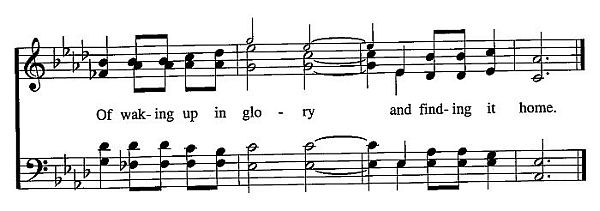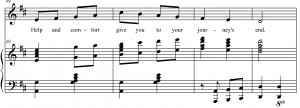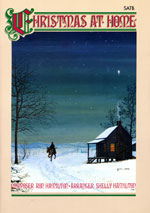What is a Descant?
Sunday, July 8th, 2012A descant to melody is like a cherry on top of an ice cream sundae. Simply…an extra added touch to compliment the main course.
Hymn tune descants are counter-melodies, generally at a higher pitch than the main melody.
~ ~ ~ From Wikipedia, the free encyclopedia
(I think of a descant as a melody within a melody).
The descant is most effective when used only on the final verse of a hymn…creating an exciting climax! Usually a soprano or several sopranos sing the descant. If you don’t have the voices to support the descant, a solo instrument such as a flute or trumpet can play the descant part. Sometimes the piano can carry the descant part as well.
What’s really neat is when the whole choir sings a descant part on the final verse of a congregational hymn.
The video below contains a violin solo accompanied by the piano. Listen for the piano playing a descant part on the first and second chorus.
Free printable descant links below:
(the following links may contain music not in accordance with this site but still includes appropriate music for worship)



